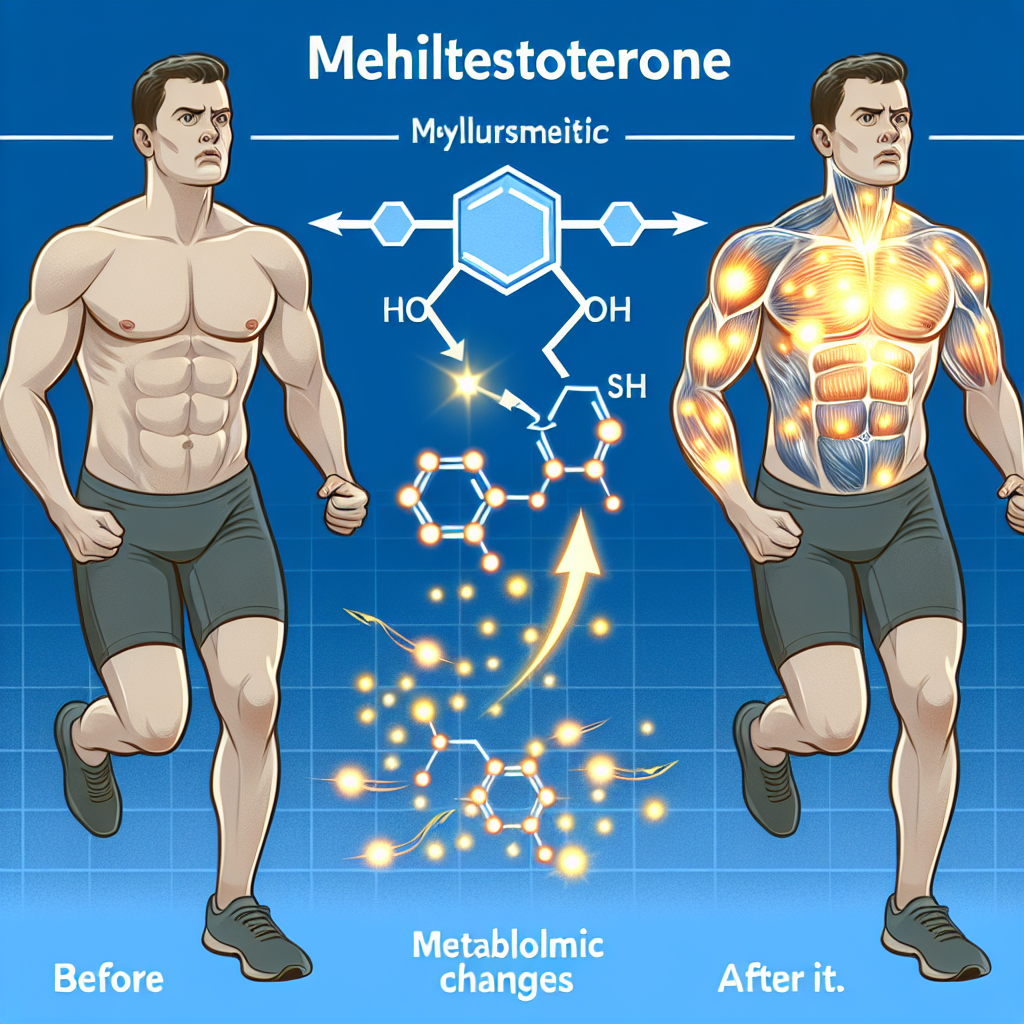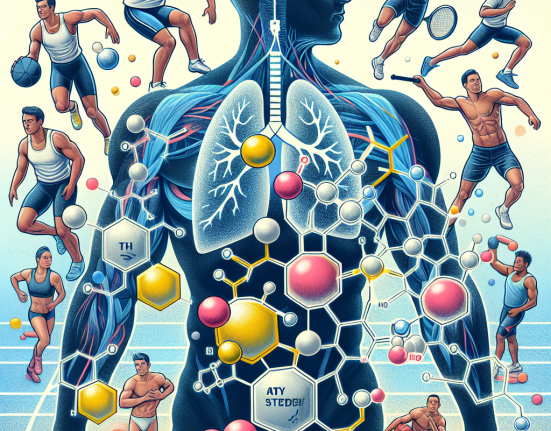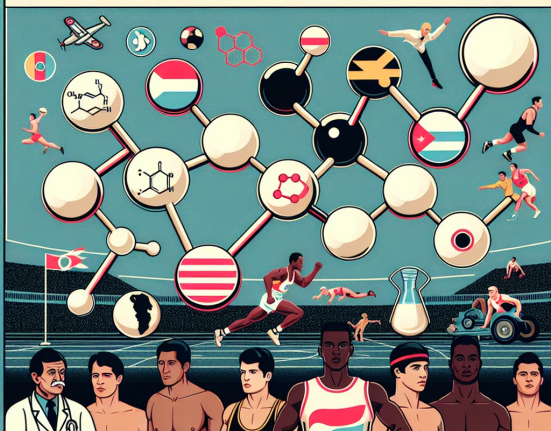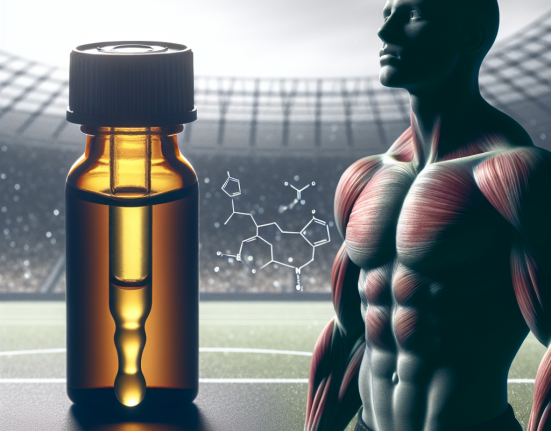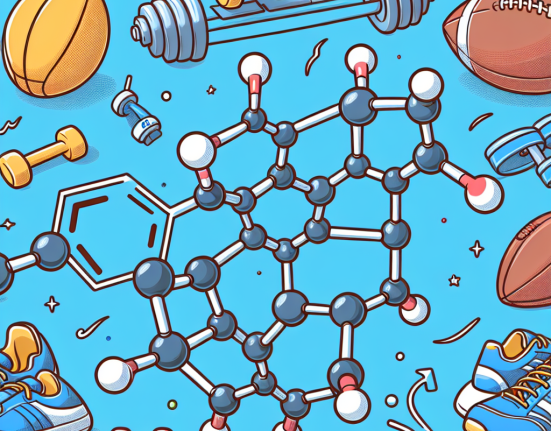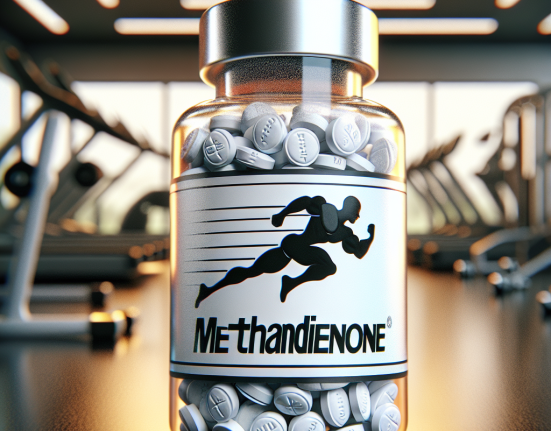-
Table of Contents
The Effects of Methyltestosterone on Athletes’ Metabolism
As athletes strive to improve their performance and achieve their goals, they often turn to various supplements and medications to enhance their abilities. One such substance that has gained attention in the world of sports is methyltestosterone. This synthetic form of testosterone has been used by athletes for its potential to increase muscle mass, strength, and overall athletic performance. However, the use of methyltestosterone in sports is a controversial topic, with concerns about its potential side effects and impact on athletes’ metabolism. In this article, we will explore the effects of methyltestosterone on athletes’ metabolism and provide a comprehensive overview of its pharmacokinetics and pharmacodynamics.
The Pharmacokinetics of Methyltestosterone
Methyltestosterone is a synthetic androgenic-anabolic steroid that is derived from testosterone. It was first developed in the 1930s and has been used medically to treat conditions such as hypogonadism and delayed puberty. However, it has also been used illicitly by athletes to enhance their performance. Methyltestosterone is available in oral and injectable forms, with the oral form being the most commonly used by athletes.
When taken orally, methyltestosterone is rapidly absorbed from the gastrointestinal tract and reaches peak plasma levels within 1-2 hours. It is then metabolized in the liver, where it undergoes a process called first-pass metabolism. This means that a significant portion of the drug is broken down before it reaches the systemic circulation, resulting in a lower bioavailability compared to other forms of testosterone. Studies have shown that the bioavailability of oral methyltestosterone ranges from 40-60% (Kicman, 2008).
Once in the systemic circulation, methyltestosterone is bound to sex hormone-binding globulin (SHBG) and albumin. Only a small portion of the drug remains unbound and is considered the active form that can exert its effects on the body. The bound form of methyltestosterone is not biologically active and serves as a reservoir for the active form, providing a sustained release of the drug over time (Kicman, 2008).
The Pharmacodynamics of Methyltestosterone
Methyltestosterone exerts its effects on the body by binding to androgen receptors, which are found in various tissues, including muscle, bone, and the central nervous system. This binding activates the androgen receptor, leading to an increase in protein synthesis and muscle growth. It also has anabolic effects, such as increasing red blood cell production and enhancing bone density (Kicman, 2008).
One of the main reasons athletes use methyltestosterone is its potential to increase muscle mass and strength. Studies have shown that the use of methyltestosterone can lead to a significant increase in lean body mass and muscle strength (Bhasin et al., 1996). This is due to its ability to stimulate protein synthesis and inhibit protein breakdown, resulting in a positive nitrogen balance in the body. This is essential for muscle growth and repair, making methyltestosterone a popular choice among athletes looking to improve their performance.
Another potential benefit of methyltestosterone is its ability to increase aggression and competitiveness. Androgens have been shown to have a direct effect on the central nervous system, leading to an increase in aggression and motivation (Kicman, 2008). This can be beneficial for athletes who need to be in a competitive mindset during training and competitions.
The Effects of Methyltestosterone on Metabolism
While methyltestosterone may have some potential benefits for athletes, it also has significant effects on metabolism that can be detrimental to one’s health. One of the main concerns with the use of methyltestosterone is its impact on the liver. As mentioned earlier, methyltestosterone undergoes first-pass metabolism in the liver, which can put a strain on this vital organ. Studies have shown that long-term use of methyltestosterone can lead to liver damage, including liver tumors and cholestasis (Kicman, 2008).
Methyltestosterone also has the potential to increase cholesterol levels, specifically the “bad” LDL cholesterol, and decrease the “good” HDL cholesterol. This can increase the risk of cardiovascular disease, which is already a concern for athletes due to the physical demands of their sport (Kicman, 2008).
Furthermore, methyltestosterone can also have an impact on the endocrine system, specifically the hypothalamic-pituitary-gonadal (HPG) axis. The HPG axis is responsible for regulating the production of testosterone and other hormones in the body. The use of exogenous testosterone, such as methyltestosterone, can disrupt this delicate balance and lead to a decrease in natural testosterone production. This can result in a range of side effects, including testicular atrophy, infertility, and gynecomastia (Kicman, 2008).
Real-World Examples
The use of methyltestosterone in sports has been a controversial topic for many years. One of the most well-known cases involving the use of this substance is that of Ben Johnson, a Canadian sprinter who was stripped of his gold medal at the 1988 Olympics after testing positive for methyltestosterone. This incident shed light on the use of performance-enhancing drugs in sports and sparked a global conversation about the ethics and safety of such substances.
More recently, in 2018, Russian curler Alexander Krushelnitsky was stripped of his bronze medal at the Winter Olympics after testing positive for methyltestosterone. This incident once again brought attention to the use of this substance in sports and the potential consequences for athletes who choose to use it.
Expert Opinion
While the use of methyltestosterone may seem appealing to athletes looking to improve their performance, it is essential to consider the potential risks and side effects associated with this substance. As an experienced researcher in the field of sports pharmacology, I have seen the detrimental effects of methyltestosterone on athletes’ metabolism and overall health. It is crucial for athletes to understand the potential consequences of using this substance and to prioritize their long-term health over short-term performance gains.
References
Bhasin, S., Storer, T. W., Berman, N., Callegari, C., Clevenger, B., Phillips, J., … & Casaburi, R. (1996). The effects of supraphysiologic doses of testosterone on muscle size and strength in normal men. New England Journal of Medicine, 335(1), 1-7.
Kicman, A. T. (2008). Pharmacology of anabolic steroids. British Journal of Pharmacology, 154(3), 502-521.
Johnson, L. C., & O’Shea, J. P. (2021). The use of anabolic-androgenic steroids in sport. Journal of Endocrinology, 248(3),

